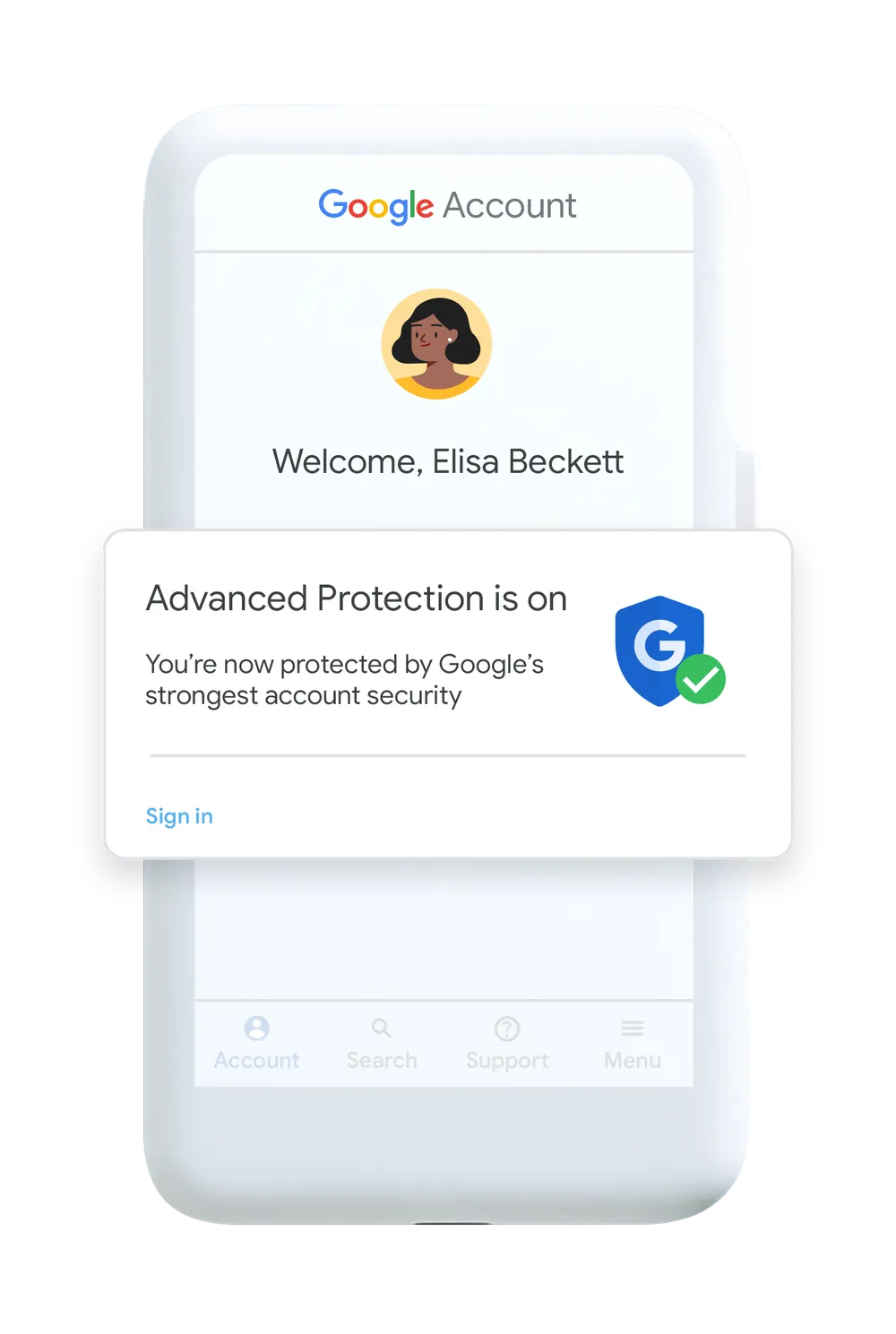Google Passkey Adds Greater Security For High-Risk Users

The Google passkeys operate on the FIDO Authentication standard, ensuring robust security against phishing and unauthorized access attempts.
Ashish Khaitan July 10, 2024

Share on LinkedInShare on Twitter
Google has introduced a significant enhancement to its Advanced Protection Program (APP), catering specifically to high-risk users with the introduction of passkeys. The Google passkey aims to upgrade account security by offering an alternative to traditional physical security keys.
Until now, users looking to enroll in Google’s Advanced Protection Program needed a physical security key. With the addition of passkeys, Google now provides a more flexible and accessible option for securing accounts, especially beneficial for those who may not always have access to physical keys.
According to Shuvo Chatterjee, Product Lead, Advanced Protection Program, and Grace Hoyt, Privacy Safety and Security Partnerships, this update allows high-risk users to choose a passkey as their authentication method, alongside or in place of a physical key.
Google Passkey for Advanced Protection Program (APP)


Source: Google
The Google passkeys operate on the FIDO Authentication standard, ensuring robust security against phishing and unauthorized access attempts. They are designed to be faster and more convenient than passwords, utilizing biometrics such as fingerprints or facial scans, or a PIN code for verification. This makes them not only secure but also user-friendly, reducing the reliance on memorizing or typing passwords.
Shuvo and Grace elaborate on the significance of this update, stating, “Passkeys are now available for high-risk users to enroll in the Advanced Protection Program, offering a more streamlined and accessible way to secure their accounts.”
The Advanced Protection Program itself is Google’s most secure account protection offering, tailored for individuals vulnerable to sophisticated cyber threats, such as journalists, political campaigners, and human rights workers. It defends against common attacks like phishing, malware, and fraudulent access attempts by requiring strict authentication measures.
How to Use Google Passkey
To enroll using a passkey, users need to ensure compatibility with their devices and browsers. The process involves visiting Google’s Advanced Protection Program enrollment page, selecting “Get started,” and following the on-screen instructions to complete the setup either with a passkey or a physical security key. Recovery options, such as a phone number or email, are also required during enrollment to facilitate account recovery if necessary.
In addition to enhancing user security, Google has announced a partnership with Internews aimed at providing additional safety and security support to journalists and human rights workers globally. This initiative will leverage Internews’ extensive network of security partners and trainers across ten countries, spanning Asia, Latin America, and Europe.
This partnership highlights Google’s commitment to supporting high-risk individuals by expanding access to critical online safety tools and resources. It complements existing efforts such as Project Shield and various security training programs conducted in collaboration with organizations like Defending Digital Campaigns and IFES.
Google’s introduction of passkeys into the Advanced Protection Program represents a significant step forward in enhancing online security for high-risk users. By offering a versatile alternative to physical security keys, Google aims to make account protection more accessible and user-friendly, reinforcing its commitment to safeguarding individuals facing cyber risks.





